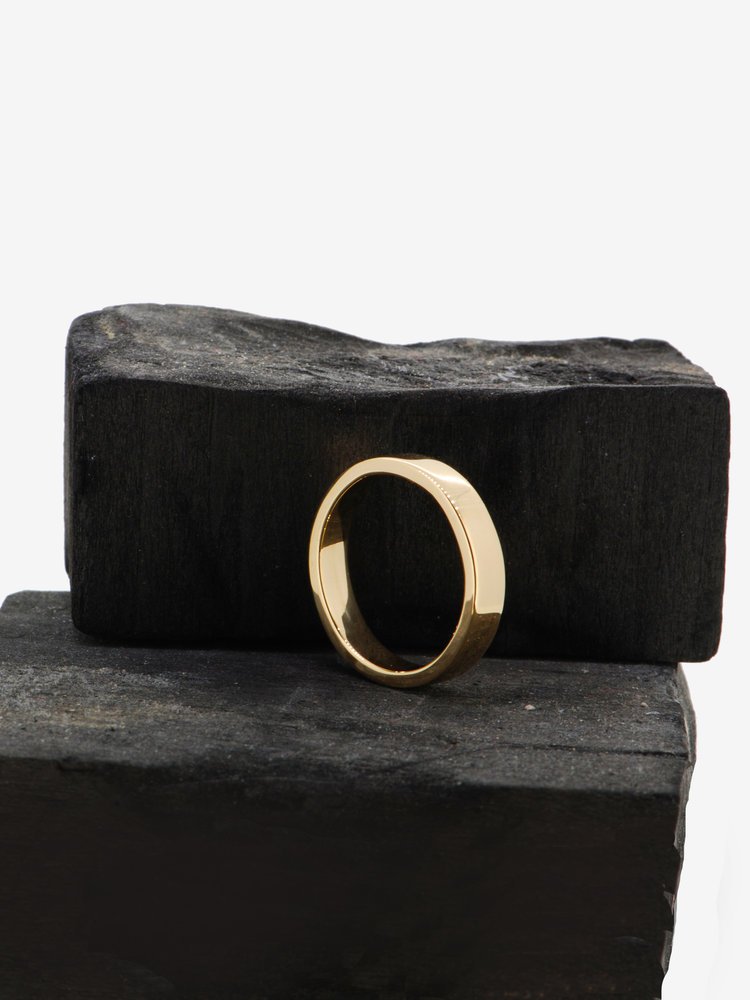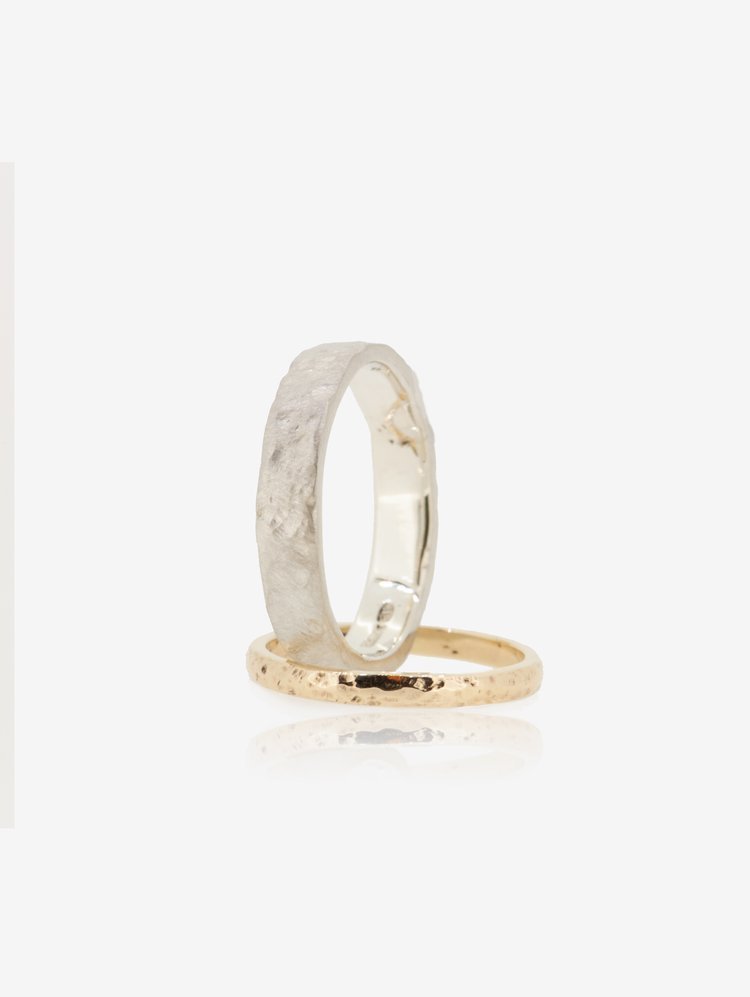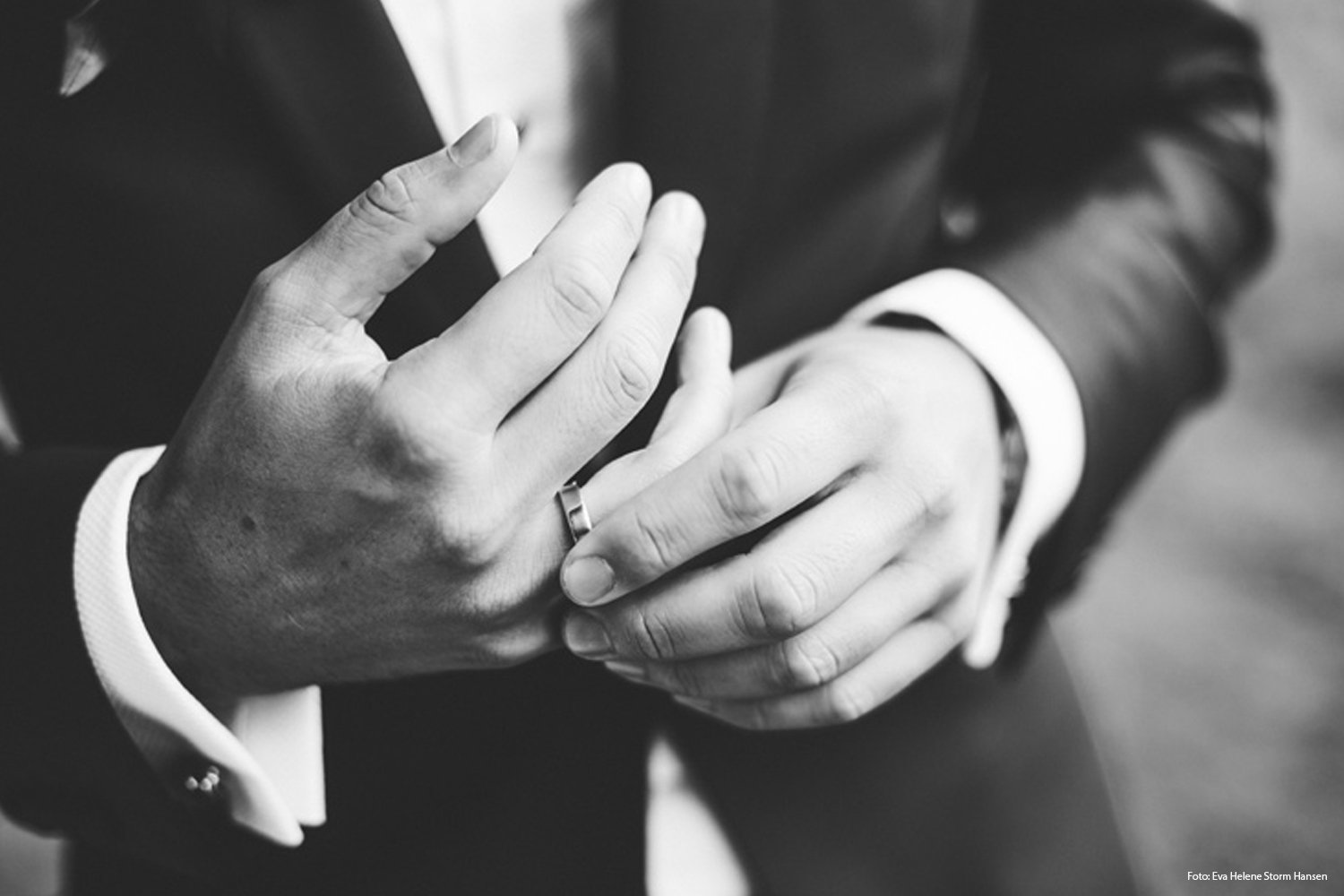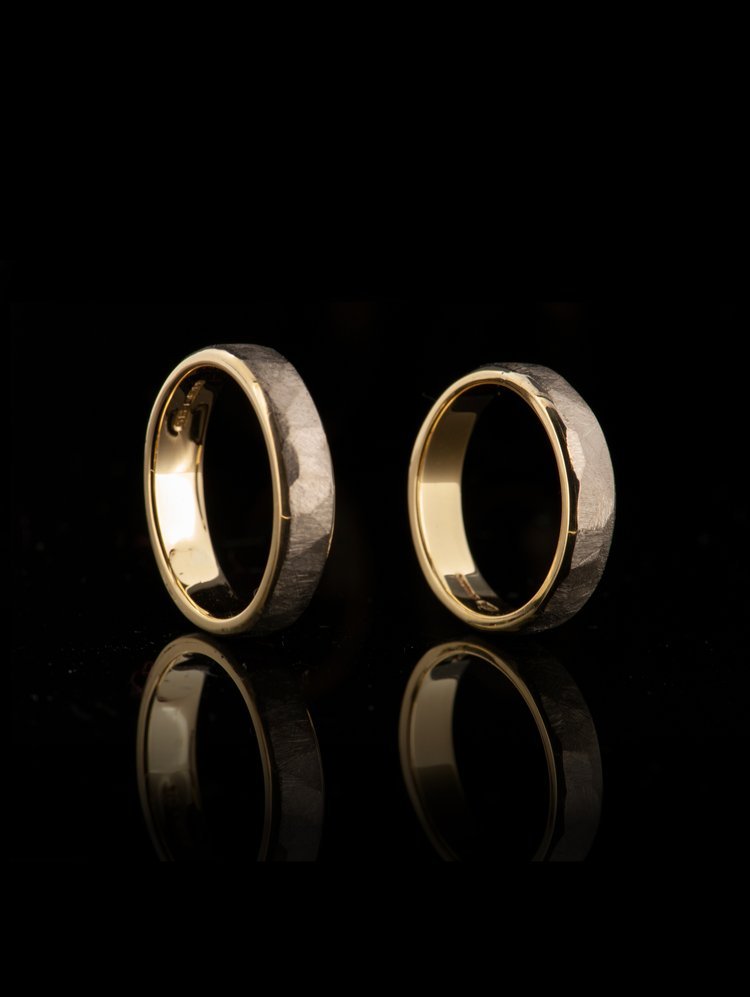History of the wedding ring
Origin of wedding bands
The origin of wedding rings dates back to around 5000 years ago in ancient Egypt, where people would exchange ‘rings of love’ that were often made from woven reads and hemp. The Egyptians saw this marriage ring as a powerful symbol of eternal love, and wore it on the fourth finger of their left hand as they believed that there was a ‘vein of love’ that ran from this finger to the heart.
The Ancient Greeks and Romans also wore wedding bands that were made from leather, bone or ivory, representing a circle with no beginning or end, showing a deep promise of forever. It was during this time that wedding rings began to develop into metal bands, made from iron, and for the wealthy, gold and silver bands being used to constitute a couple’s marriage.
Rings became highly regarded within these ancient cultures, and it wasn’t long before they began to be personalised. Simple engravings became common during the Roman Byzantine Empire, filled with emotional significance and sentiment for a truly romantic touch. These engravings included figures of the couple, initials, symbols and names. In the 15th Century, ‘Posie Rings’ became very popular, inscribed with a short verse or message on the inside of the ring, providing a deep meaning to the wearer.
Today, wedding rings symbolise a couple’s commitment, love and devotion to one another, evolving into statements of individuality and partnership that can be worn by both spouse’s. From the beginning of their history, wedding rings have been deemed as the most romantic piece of jewellery that you can wear, and this still holds true to this day!
Which finger are wedding rings worn on?
Couple’s still tend to wear the wedding ring on the fourth finger of the left hand, also known as the ring finger, just as they did in Ancient times. Although modern understanding proved that the ancient belief of the ‘vein of love’ is not true, the ring finger still remains as one of the most popular locations for wedding bands.
Even though it is no longer a belief that emotions literally come from our physical hearts, we still continue to symbolise, and refer to, our heart as romantic, loving and emotional, creating a deep, sentimental meaning when it comes to wearing rings on the ring finger.
However, even though the ring finger is the most popular and traditional choice of where to wear a wedding ring, married couple’s in countries such as Ukraine, Bulgaria, Germany, Austria, Latvia, Russia, Poland, Scandinavia and the Netherlands tend to wear theirs on the fourth finger of their right hand, instead of their left.
In some parts of the world, there are cultural and religious viewpoints or standings as to why they wear their rings on certain fingers. For example, in India, the left hand was thought to be unclean and unlucky, which is why they have always worn their wedding rings on the right. Orthodox Christians, as well as Greek bride and grooms, traditionally wear them on the right hand due to religious reasoning.
Modern wedding bands
There are many modern, alternative and trendy ways to wear a wedding band that have risen to popularity over the years. As mentioned, some people decide to wear them on their right hand, whereas others prefer to wear their ring on a chain around their neck. Some even decide to mix, match and stack their wedding band with their existing rings, as well as their engagement and eternity rings. In the end, though, it is a completely personal decision as to where you and your partner decide to wear your wedding rings!




